Ravenia spectabilis, also known as “Princess Flower” or “Cavendishia spectabilis,” is a flowering shrub that belongs to the Ericaceae family. It’s native to the Andean region of South America, particularly Colombia and Ecuador. Here’s a detailed description:
Physical Characteristics:
- Leaves: The leaves of Ravenia spectabilis are typically dark green, glossy, and elliptical or lance-shaped. They are arranged alternately along the stems.
- Flowers: The plant is known for its showy and striking tubular flowers that are usually arranged in pendulous clusters or racemes. The flowers are bell-shaped and often feature vibrant shades of red, pink, or purple, making them highly attractive to pollinators like hummingbirds.
Cultivation and Care:
- Light: Ravenia spectabilis prefers partial to full shade. It thrives in areas with filtered sunlight or where it receives morning sun and afternoon shade.
- Soil: The plant prefers well-draining, acidic to slightly acidic soil with organic matter. A mix designed for acid-loving plants is recommended.
- Watering: Keep the soil consistently moist, but avoid waterlogging. Proper drainage is important to prevent root rot.
- Temperature and Humidity: Princess Flower prefers moderate temperatures and high humidity. It’s not frost-tolerant and should be protected from cold temperatures.
- Fertilization: Feed with a balanced, slow-release fertilizer during the growing season to promote healthy growth and flowering.
Maintenance:
- Pruning: Regular pruning can help maintain the shape of the plant and encourage new growth. Remove any dead or diseased branches.
Uses:
- Ornamental Plant: Ravenia spectabilis is grown primarily for its stunning and showy flowers. It’s used as an ornamental shrub in gardens, landscapes, and as a focal point in shaded or woodland areas.
- Attracting Pollinators: The colorful flowers of Princess Flower attract pollinators, particularly hummingbirds, making it a valuable addition to wildlife-friendly gardens.

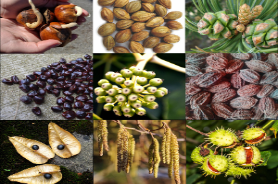


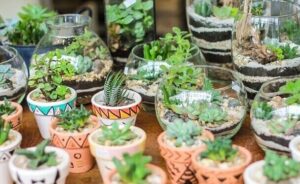


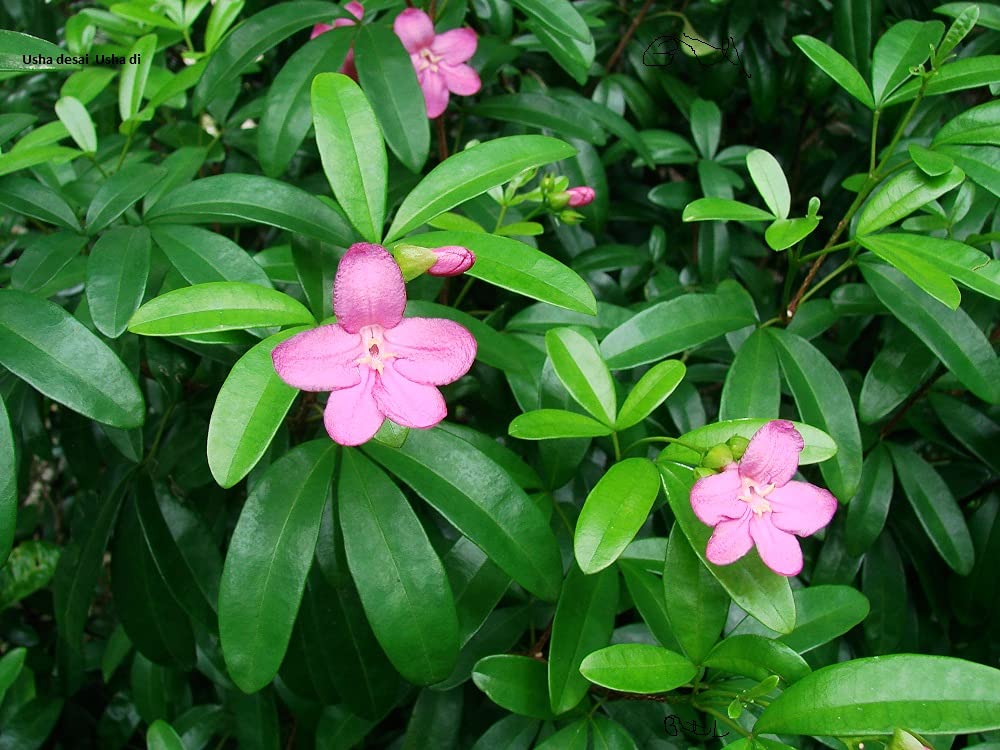
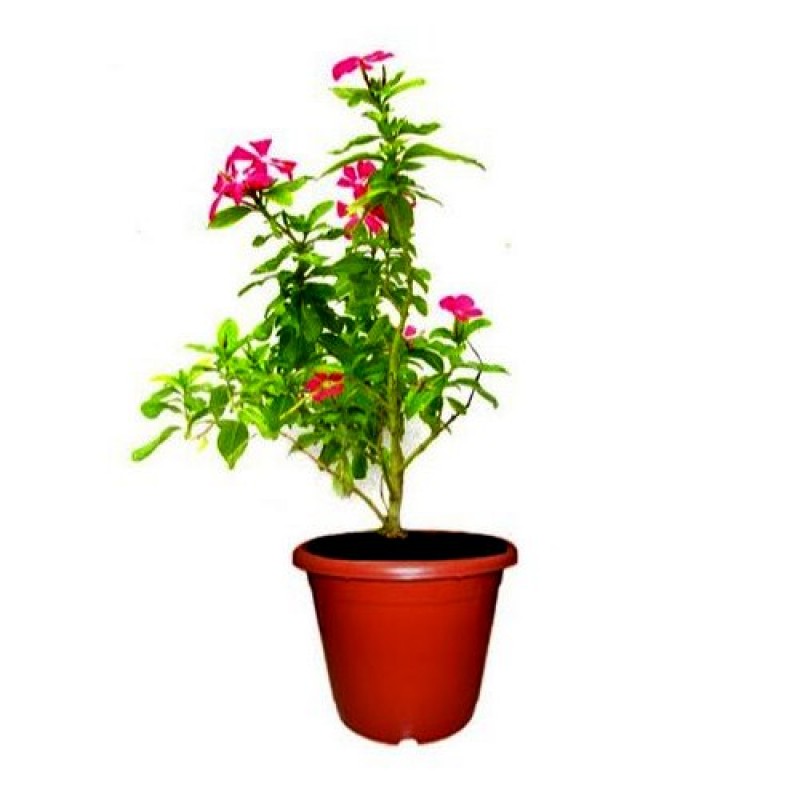


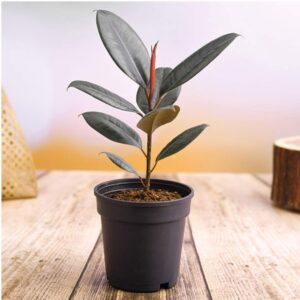
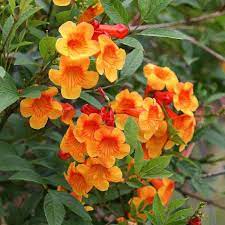
Reviews
There are no reviews yet.